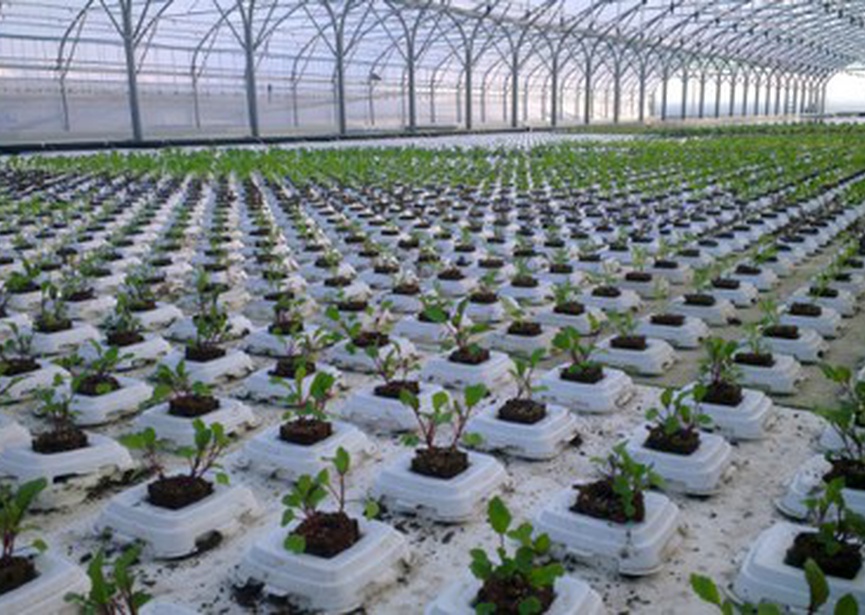

MyFarmbase team is composed of experts in the use of drones, hydroponics, blockchain and Artificial Intelligence as well as ICT to optimise and digitize Tropical Agriculture. We are exploring the use of Smart Technologies as a Climate Smart Agriculture model to combat climate change and foster food security in Africa.
There are three main components of an aquaponics system: plants, fish, and bacteria. The whole purpose of the aquaponics system is to grow plants in an environmentally sustainable way allowing for food security. The fishes release waste into the water, the plants absorbs the water, detoxify it and release it back to the fish for use. The plants act as a natural filter for the water, absorbing the nitrates, therefore detoxifying the water allowing for recirculation back to the fish. The plants remove the need to clean waste accumulated in the fish tank because they use the waste, absorbing nutrients for growth, specifically nitrates, that can be toxic to the fish. The bacteria are in between the fish and the plant stage. The bacteria are what transform the waste into the nutrients able to be absorbed by the plants. They do this through a process known as nitrification. Challenges The cost of sourcing and maintaining fishes has been one of the major challenges of aquaponics. Worms, in general, for the sake of oxygen, feed, temperature are just easier and cheaper to deal with. And, they are actually more valuable per pound than fish. The plants act as bio filters to absorb the wastes produced by the worms. P. S. Worms are very edible.

This is a sample Aquaponics system for your easy understanding.
View imageThis is an improvement of the existing Aquaponics systems to allow for proper management. It is also expected to foster all year round cultivation of crops insulating against the effects of climate change.
View document